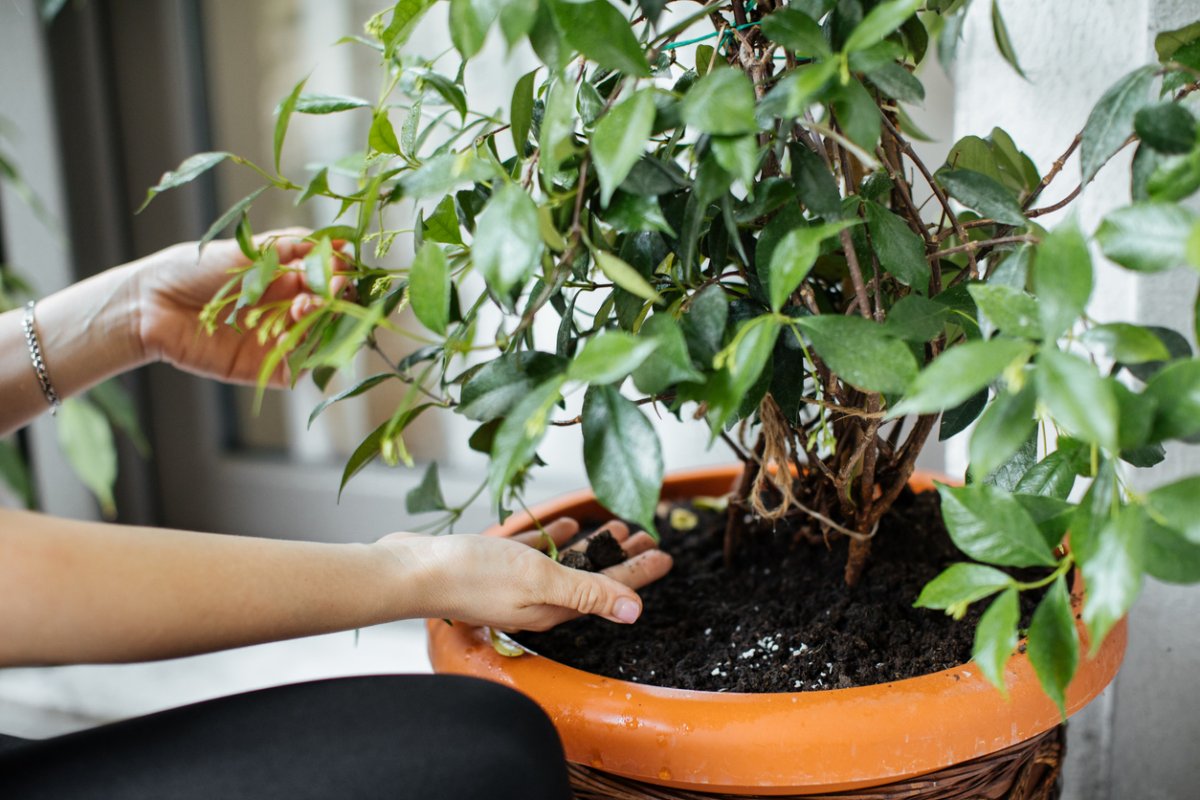We may earn revenue from the products available on this page and participate in affiliate programs. Learn More ›
Is there such a thing as lucky plants? Because people tend to identify luck with money, many so-called lucky indoor plants are those with roundish leaves resembling coins. Can they really bring you prosperity? That idea is, of course, pure superstition.
However, indoor greenery has been found to improve the health and happiness of a home’s occupants. That could theoretically give those people enough energy to make their own good fortune. At the very least, it gives them a good excuse to add more plants to their collection. And, since green is considered a lucky color, almost all plants must be lucky!
RELATED: This Purple Houseplant Is the First New Genus to Be Introduced in Decades—And You Can Get it Now
1. Chinese Money Plant (Pilea peperomioides)
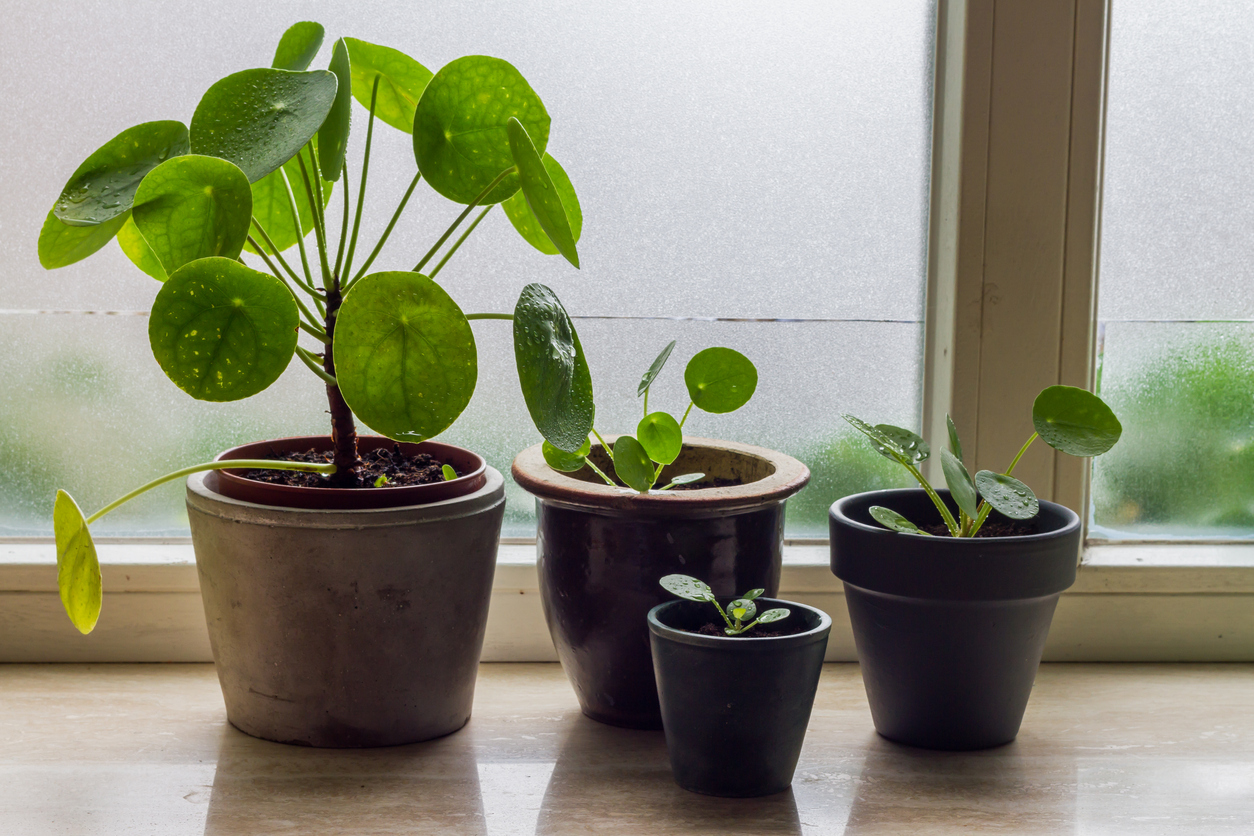
This lucky plant has leaves so round that they appear almost unreal. Even though its coin-shaped foliage isn’t likely to coin money for you, pileas are so attractive and easy to care for that you probably won’t care. You also can divide pups from a lucky money plant and pass them along to “win friends and influence people.”
2. Desert Rose (Adenium obesum)

The desert rose is considered a lucky plant since the plumpness of its swollen trunk represents financial abundance. On top of that, the plant bears spectacular trumpet-shaped blooms. Because this succulent species stores moisture in its large “belly,” the plant can rot if overwatered, proving that abundance may not always be a good thing!
3. Good Luck Plant (Oxalis spp.)
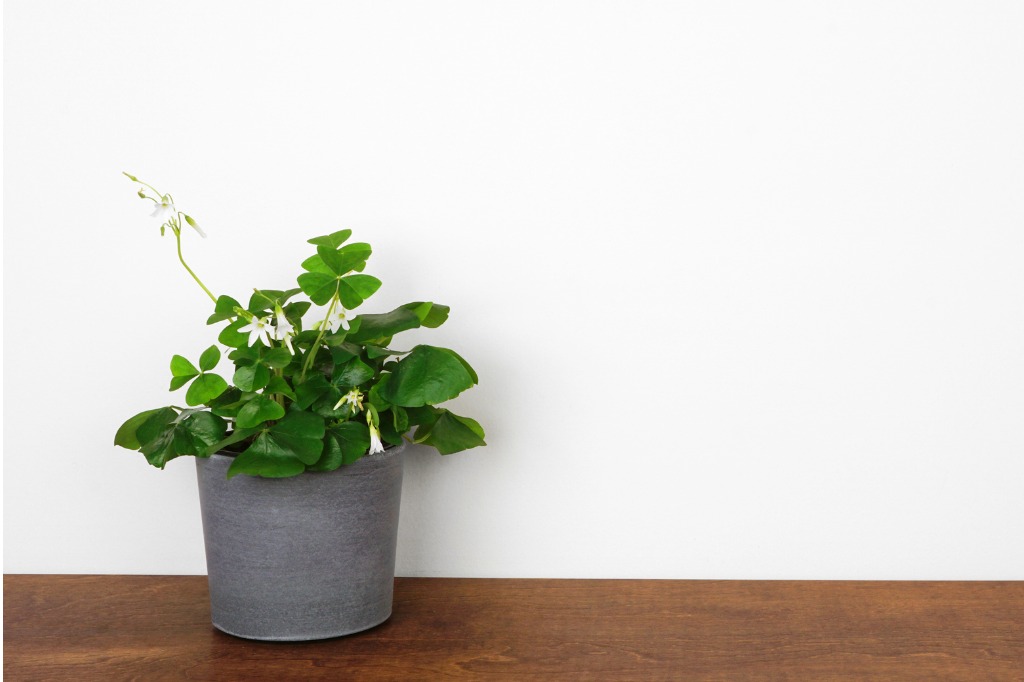
Oxalis species such as O. deppei are considered lucky plants for indoors, probably because these houseplants’ foliage closely resemble shamrocks or four-leafed clovers. Therefore, the luck o’ the Irish is attributed to them. Good luck plants also offer flowers in a variety of colors from white through pink, purple, and yellow. Don’t assume your luck has run out if your “clovers” die back, since they can resprout again from their tubers.
4. Houseleek (Sempervivum spp.)
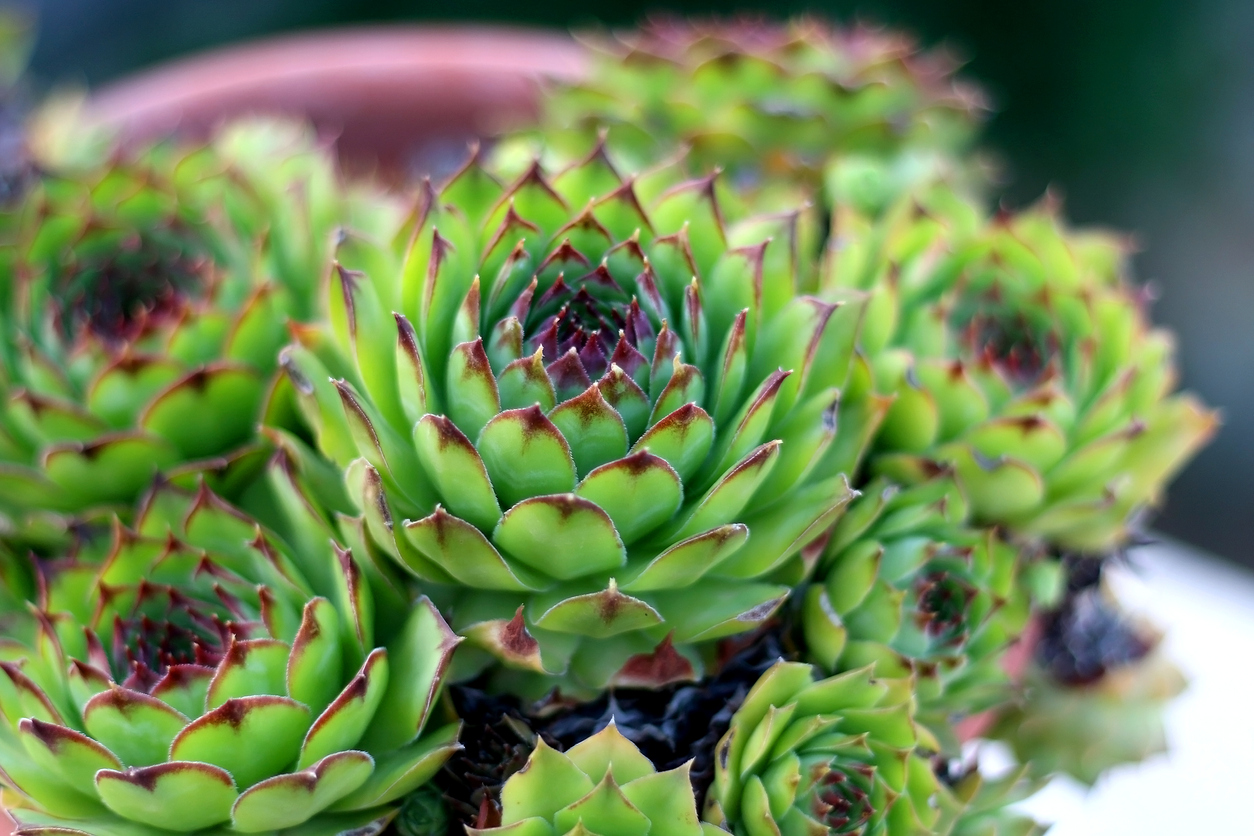
Reserve these succulent rosettes for your collection of lucky plants in front of the house. Although these so-called “hens and chicks” thrive in containers, they do better outdoors than indoors where winters are warm enough. A fun fact is that houseleeks were once grown on the thatched roofs of houses to repel lightning. Part of the good luck associated with them may be due to their genus name, which means “live forever.”
5. Jade Plant (Crassula ovata)
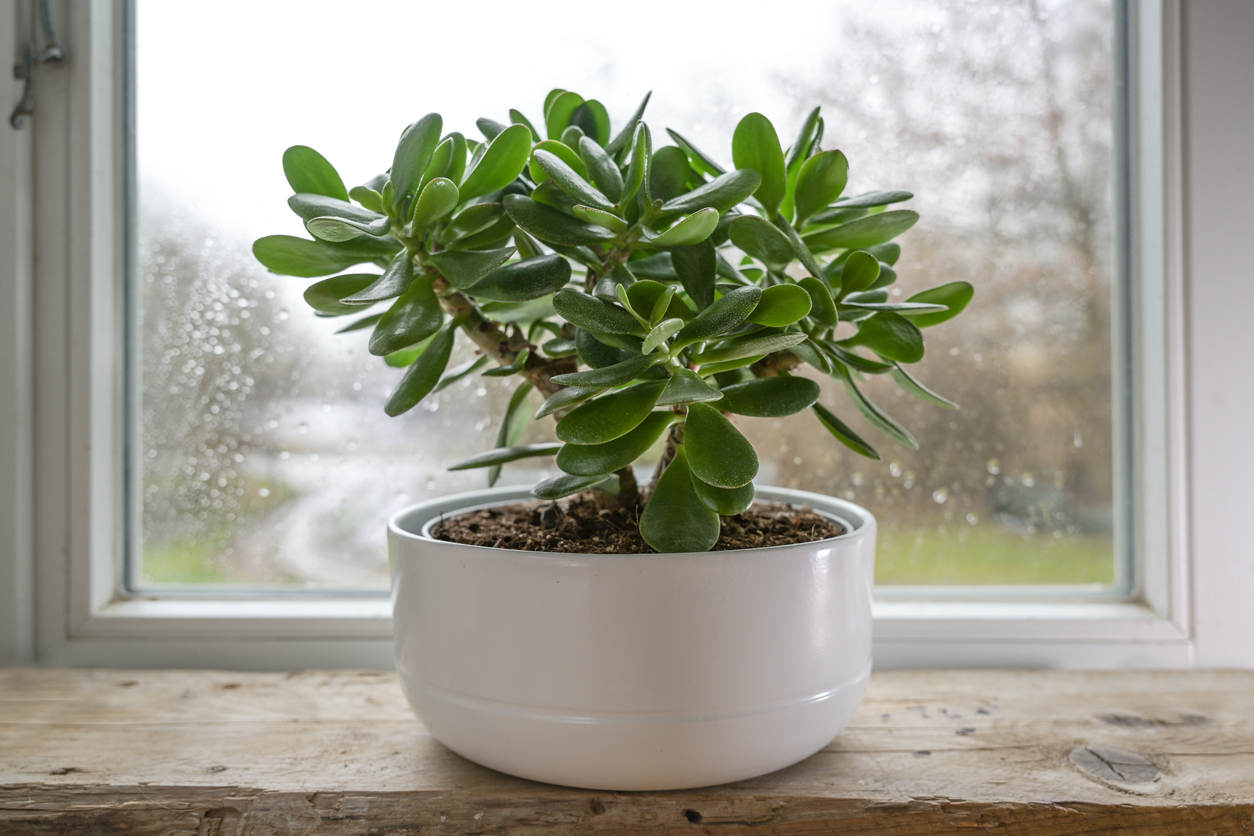
The jade plant may have gained some of its reputation as a lucky plant due to its association with the “blessed” stone that shares its name. But the tree-like species also has roundish leaves, as many lucky plants do—succulent leaves in this case. It’s also easy to care for, tolerating less-than-consistent watering, thus ensuring that your luck won’t dry up.
6. Jasmine (Jasmine spp.)

Just as jasmine’s scent draws people in for a closer sniff, the jasmine plant’s lucky flowers—usually white and star-shaped—supposedly draw love and lucre to you, too. Jasmine plant care can range from easy to exacting, according to species, so choose the simplest types to grow for the biggest payoff (in blooms, that is, not beaus or bucks).
7. Lucky Bamboo (Dracaena sanderiana)
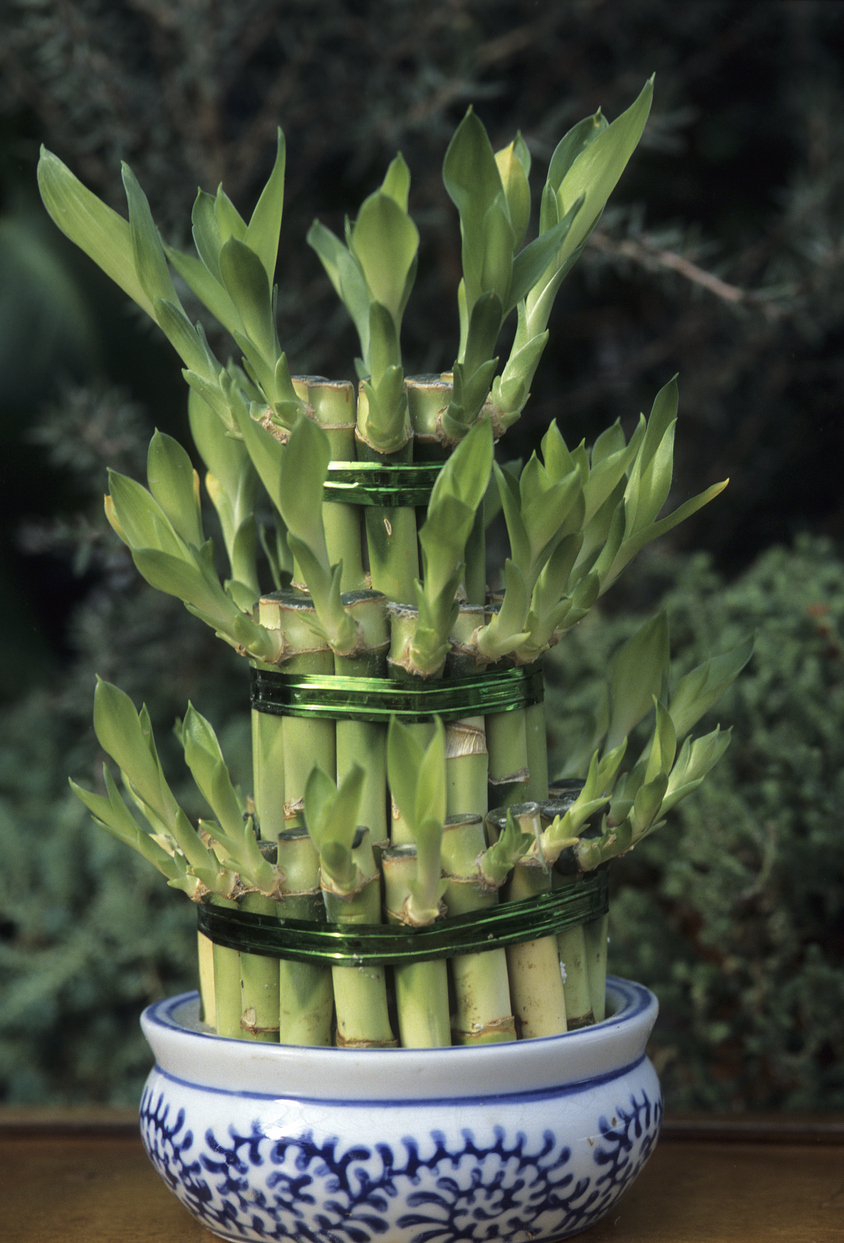
This feng shui lucky plant isn’t really a bamboo—which is associated with strength rather than luck in some cultures—but cane cuttings of a type of Dracaena, or “corn plant.” Apparently its resemblance to bamboo is enough to make it lucky, though. It’s sometimes sold growing in water rather than soil, and the type of good fortune it might bring you depends on how many stalks—rather than stocks—you buy.
RELATED: 20 Huge Houseplants That Make a Statement
8. Lucky Bean Plant (Castanospermum australe)
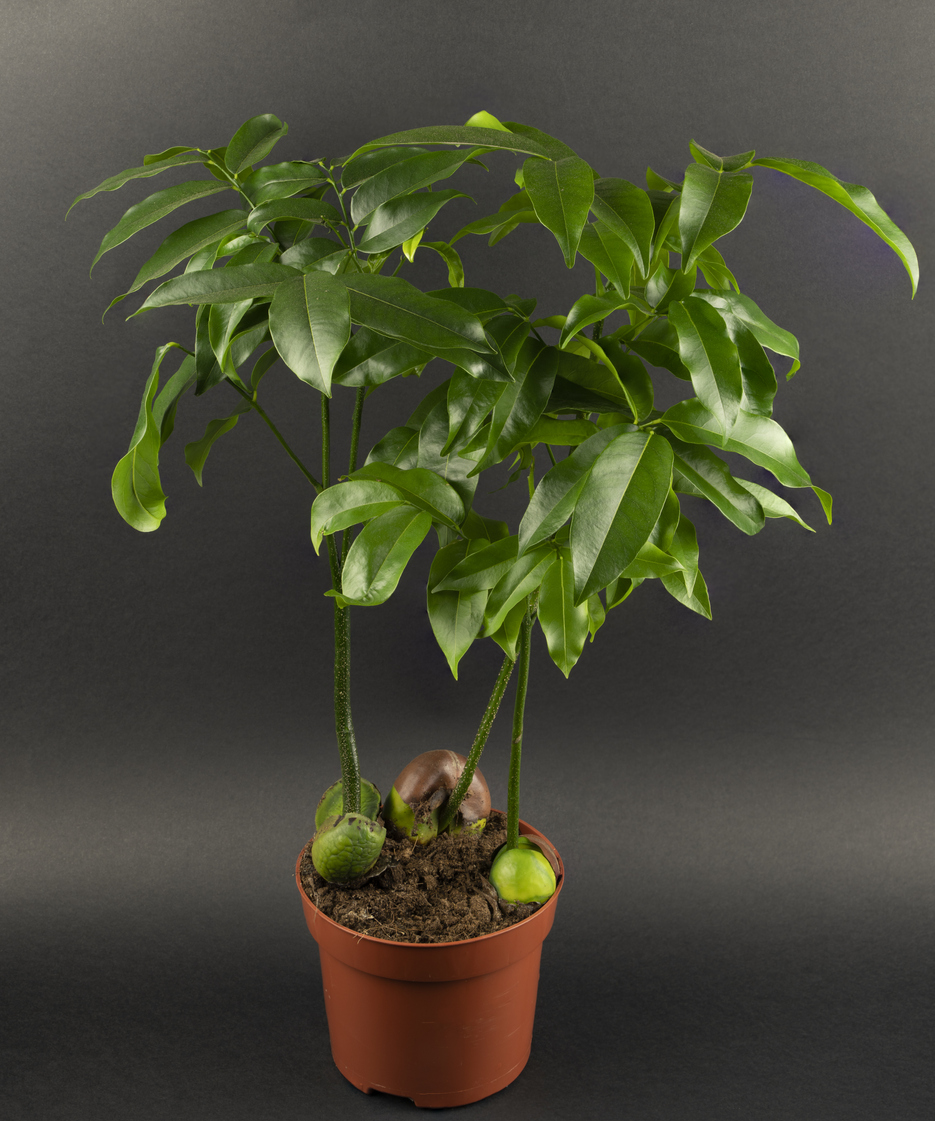
Probably deriving its “charmed” status from an association with the lucky beans from “Jack and the Beanstalk,” this plant grows from a large green seed lying atop the soil and nurtures the seedling with nutrients throughout its youth. The plant and its polished pinnate foliage can reach a height of 6 feet when grown in a container, but don’t expect it to grow tall enough to reach any golden egg-laying geese!
9. Money Tree (Pachira aquatica or P. glabra)
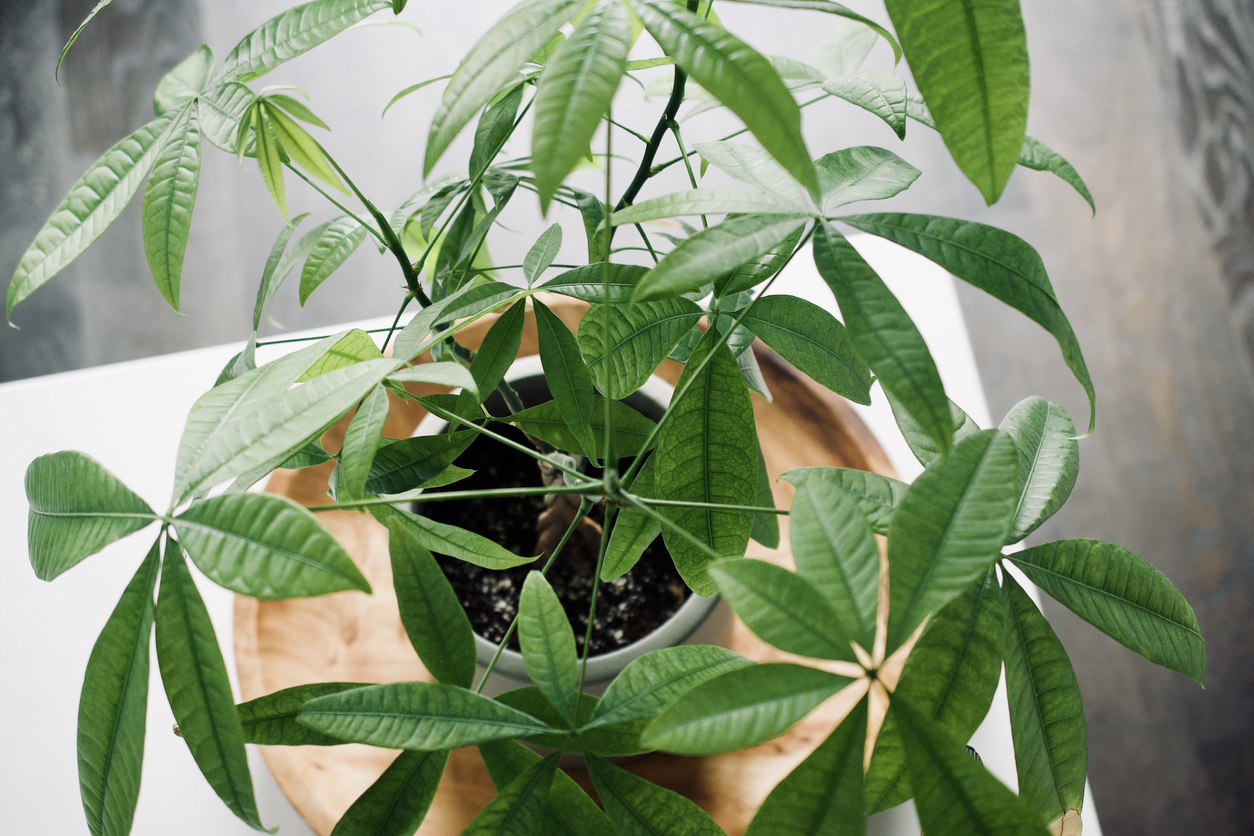
According to legend, this lucky tree derived its name from a poor man who gathered and sold its edible chestnut-like seeds to make his fortune. Featuring glossy palmate foliage, money trees are often sold with braided stems. Being a swamp species, money trees probably won’t get you out of low water!
10. Peace Lily (Spathiphyllum spp.)
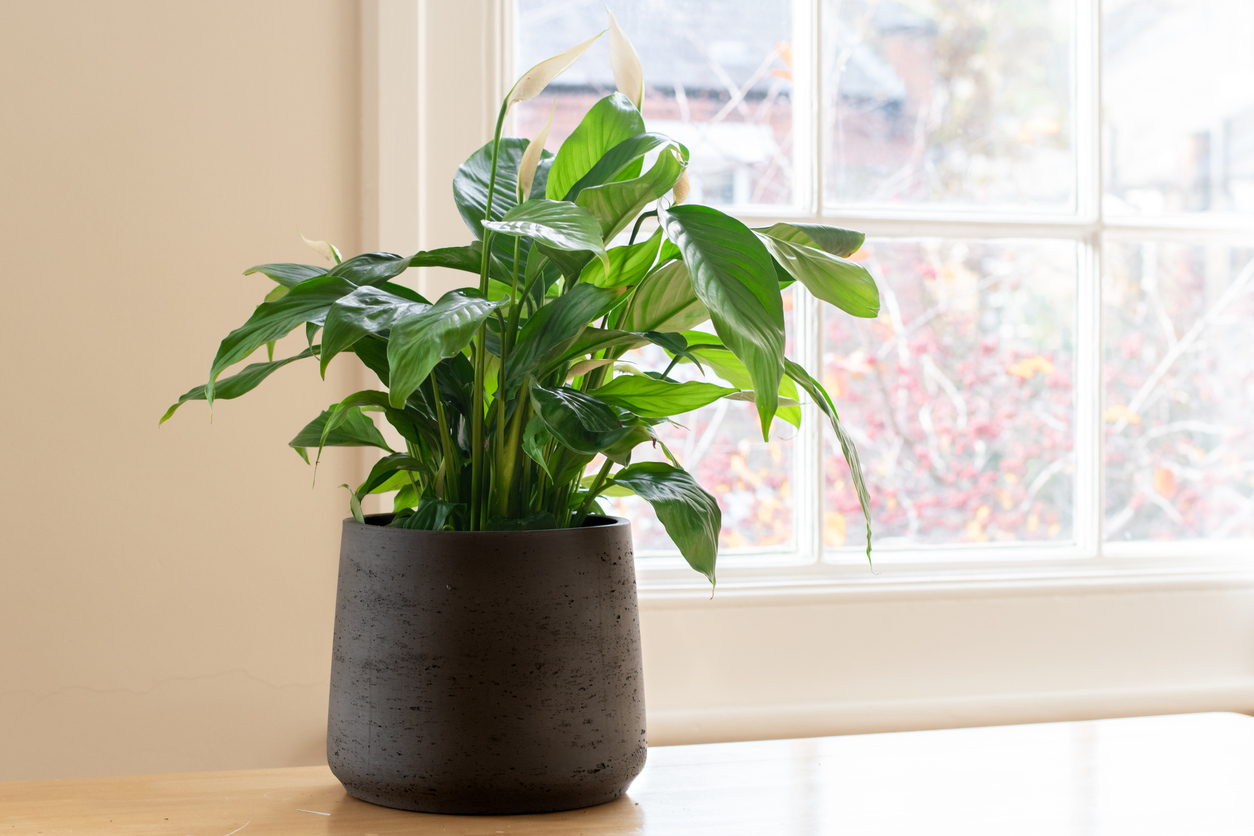
Touted as a houseplant that improves indoor air quality, some claim that peace lilies clear air of negative energy and toxins, leaving a home, well, peaceful! Fortunately, peace lily care isn’t a fuss as it can tolerate fairly low light, though underwatering will cause it to yellow.
11. Silver Dollar Tree (Eucalyptus cinerea)
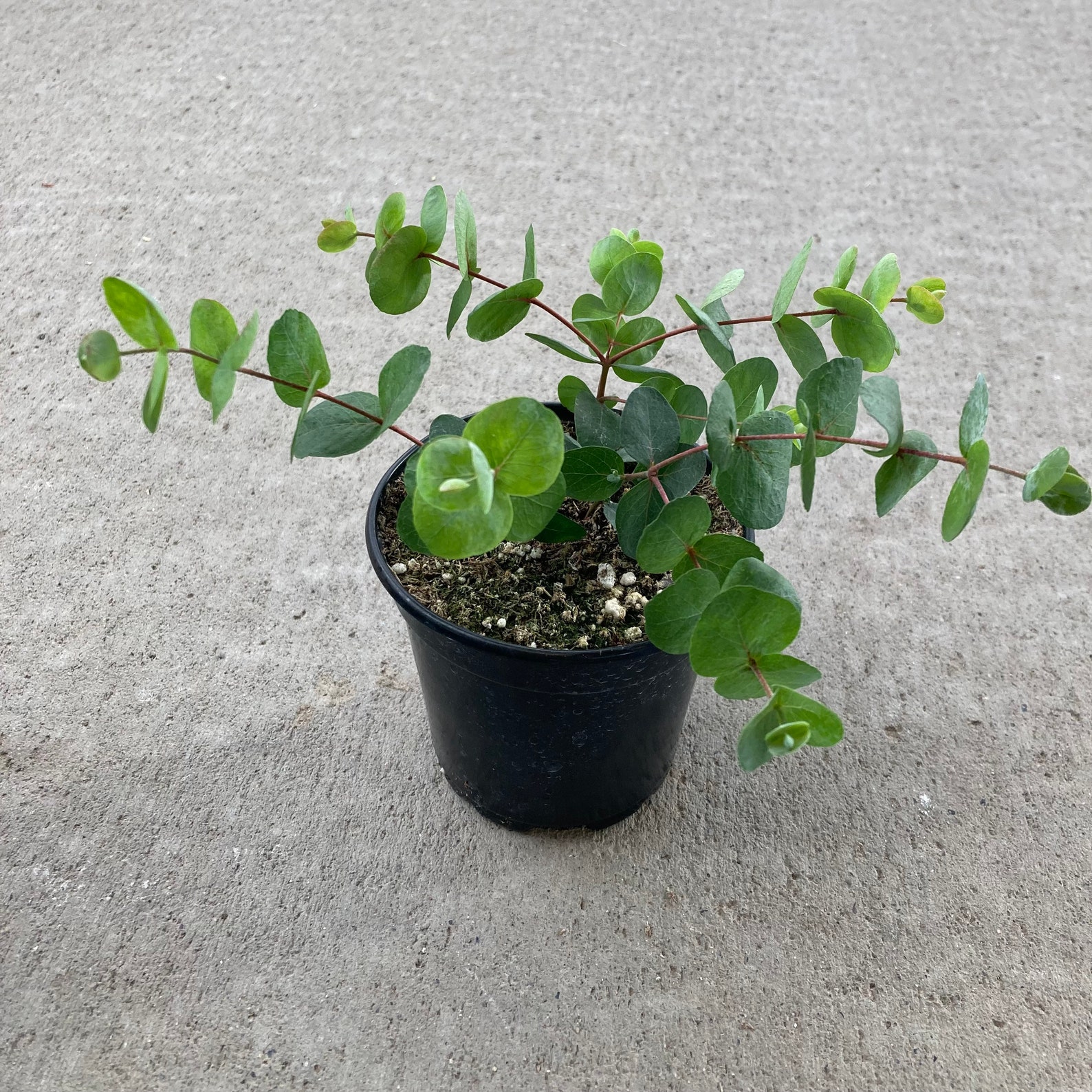
This eucalyptus plant with coin-like gray-green leaves is sometimes grown indoors, as is the similar Eucalyptus gunnii. Gum trees aren’t particularly easy houseplants, however, as they require chilly conditions during winter and often won’t recover from a severe wilt. So, if you base your good fortune on one of these, you may find your luck fading fast!
RELATED: The Best Plants for Every Room of the House
12. Ti Plant (Cordyline spp.)

Indigenous Pacific islanders often grow ti plants outside their doors to bestow blessings on all who enter. Gardeners in cooler climates will want to grow their ti plant inside their doors instead, however. The plant, with its strappy leaves, comes in entirely green varieties or can be streaked with tropical sunset shades, such as red, orange, or pink.

